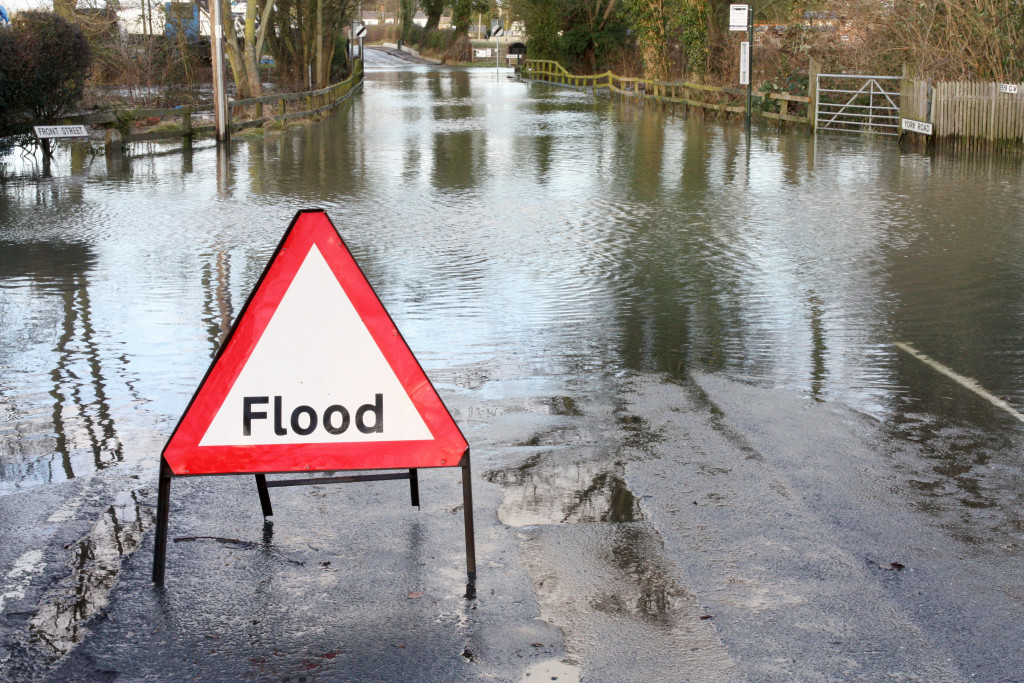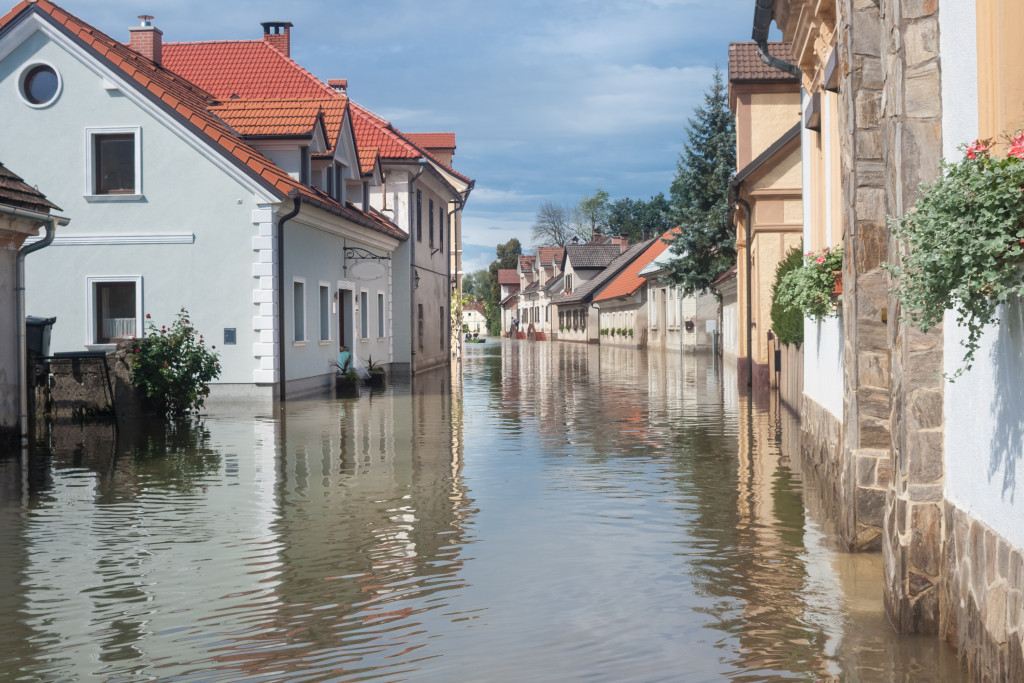In the wake of Hurricane Harvey, which caused catastrophic flooding in Houston and other parts of Texas, many are asking what could have been done to prevent such a disaster. Some say that the government should have done more to warn people about the impending storm, while others argue that more needs to be done to improve infrastructure so that cities can better cope with extreme weather events. Here are five ways the government can help prevent an increased risk of flooding.
With Efficient Stormwater Management
Stormwater becomes polluted runoff when stormwater picks up pollutants like trash, oil, and fertilizers from lawns, streets, and parking lots. This water eventually flows into creeks, rivers, lakes, and the ocean, where it can harm wildlife and make people sick. Fortunately, there are things we can all do to prevent pollution from stormwater runoff.
One way is to have efficient stormwater management by the government. This means that local governments need to have a plan for collecting and storing stormwater so that it doesn’t cause flooding or pollute our waterways. Another way to prevent pollution from stormwater runoff is to use best management practices such as planting trees and vegetation, using rain barrels or rain gardens to capture runoff, and building green infrastructure like permeable pavement. We all play a role in keeping our waterways clean and preventing flooding!
Enacting Stricter Building Codes
Flooding has become an increasingly common natural disaster in recent years due to factors such as climate change and increased development in flood-prone areas. This has led to billions of dollars in damage and loss of life. One way the government can help mitigate the risk of flooding is by enacting stricter building codes.
Stronger building codes can help ensure that structures can better withstand the force of floodwaters, minimizing damage and making it easier for people to evacuate safely. In addition, stricter building codes can help encourage developers to build in more resilient areas rather than putting new construction in flood zones.
Improving Early Warning Systems
Flooding is one of the most damaging natural disasters, causing billions of dollars in damage every year. In recent years, the frequency and intensity of floods have increased due partly to climate change. This increase in flooding risks puts communities across the country at risk.

One way the government can help protect these communities is by investing in early warning systems. These systems use sensors to monitor rivers and streams for signs of rising water levels. When a flood is imminent, the system can issue an alert, giving people time to evacuate safely. Early warning systems are effective in reducing the damage caused by floods.
In addition, they can also help to save lives. By investing in early warning systems, the government can help to prevent an increased risk of flooding.
Creating Flood Zones
Flooding is one of the most common natural disasters in the United States, and it can occur anywhere there is excessive rainfall or a rise in water levels. When flooding occurs, it can cause significant damage to property and infrastructure, as well as pose a serious risk to public safety. One way the government can help prevent flooding is by creating flood zones.
Flood zones are areas that have been designated as being at high risk for flooding, and they are often subject to special regulations. For example, building codes in flood zones may require structures to be built on stilts or elevated foundations. In addition, development in flood zones may be restricted to minimize the number of impervious surfaces. The government can help reduce floods’ impact and keep people safe by taking these measures.
Improving Infrastructure
As the climate changes, and we experience more extreme weather patterns, the risk of flooding is increasing in many parts of the world. Flooding can cause extensive damage to property and infrastructure and loss of life. While there is no way to eliminate the risk of flooding, government action can help reduce floods’ likelihood and impact.
One way to do this is by improving infrastructures, such as levees, dams, and drainage systems. These structures can help to protect against flooding by holding back water or directing it away from vulnerable areas. In addition, government agencies can work with private landowners to adopt flood-resistant practices, such as planting trees and improving soil health. By taking these steps, we can help to minimize the risk of flooding and its devastating consequences.
While no one can predict when or where a flood will occur, the government can take steps to reduce the risk. By investing in better stormwater management, stricter building codes, and improved infrastructure, the government can help prevent an increased risk of flooding. In addition, providing financial assistance to those affected by floods can help them recover and rebuild.

